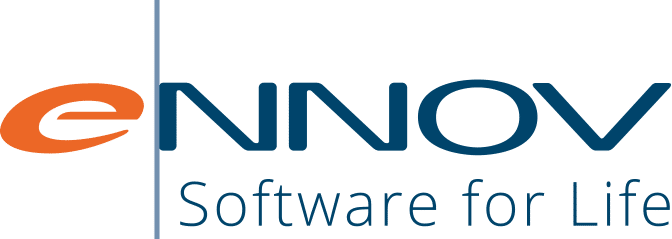Asphalion, a Scientific and Regulatory Affairs consultancy, hosts a weekly “RegTalk RIMS series”, one-to-one talks carried out by RIMS experts, aimed at informing about the latest news in the RIMS and Regulatory Affairs landscape. This RegTalks interview by Lidia Canovas, General Manager at Asphalion and Steve Clark, Senior Business Consultant at Ennov, will provide you with an overview about their expertise in RIMS.
Steve has over 25 years of experience serving in various senior Regulatory Affairs and Regulatory Operations roles for companies including Gilead, Amgen, Merck, Baxter and Parexel. He is responsible for the implementation of Ennov Regulatory systems and assisting the development of the Ennov Regulatory product suite.
View the entire video on the Asphalion website or on YouTube.
What would you define as a RIM system and what would you consider as the basic capabilities of a RIMS?
Steve Clark: Essentially the purpose of a RIM system is to consolidate regulatory information into one place to enable the tracking and management of registrations.
Same challenge as 20+ years ago: replace spreadsheets and bespoke databases! Still very pertinent today for every Pharmaceutical, API manufacturer, Veterinary or Medical device company. Either for a first or replacement RIM system.
RIM is the third part of the DMS/Publishing triptych. We should remember the original RIM systems used a publishing tool as a source of descriptive and status data including the basic product description. So these systems from the start have been intrinsically linked. Of course the publishing tool links directly to the document management system to exchange not only documents but also data on status and regulatory context. Today we are seeing further momentum in the transformation of filing data and documents in unison, as structured product registrations to Health Authorities progress. This in my view strengthens the need for this regulatory ecosystem.
A more elegant and appropriate description for a RIM system might be “a RIMs system is to emulate the regulatory business process in order to track registration status and provide information to influence future business and regulatory strategy. Ensuring consistency in rendered information (documents and data) submitted to authorities.”
What are in your opinion the key factors leading companies towards implementing RIMS?
Steve Clark: Undoubtedly structured content submissions i.e. IDMP, UPD etc. are the biggest driver for RIMs in 2021. Ennov in particular has been very active in the space providing throughout the year and before, thought leadership at various agency forums and demonstrations based on latest guidance. The Ennov platform has been designed with data submissions at the forefront including submission tools and viewer.
In addition, there is the consistent drive for regulatory infrastructure refresh. Now that a small number of IT companies including Ennov can provide a unified regulatory platform including hosted, multi-tenet environments, a new wave of options and flexibility is available.
Often the RIMs project is part of a suite of IT projects, from end-to-end regulatory refresh to Master Data Management to Artwork Production. Although it is advantageous to have a RIMs implementation integrated with other related initiatives, the RIMs implementation team need to fight for their place at the table. Wider scope projects do however help to fight against silos between departments and provide an opportunity to rationalise business processes.
RIM used to be seen as exclusively a compliance tool however the value of tight regulatory tracking and control is becoming more commonly appreciated. It is central to the information flow through an organisation containing unique and valuable intellectual property.
Does it make a difference depending on the size of the company, portfolio, revenue or number of activities/annual variations?
Steve Clark: No! Company size, revenue or activities are not single determinates for the requirement for a RIM system. Huge multi-nationals, global biotech companies with +10 registered products to middle sized Pharma companies with 1000 registered products all acknowledge the need for RIM solution (and always have done in some form). Even small innovator company preparing to license its first product gain great value for both a regulatory and commercial activities.
What drives the need for a RIM solution is the implicit complication of global regulatory registrations. Many smaller companies are realising that regulatory software is an important business tool as well as essential for compliance. With the integration of more sophisticated delivery systems of regulatory information into the filing process, even a single product needs a solution.
Revenue is also no-longer a barrier as this is a highly competitive space having changed dramatically in the last 10 years. It is no-longer the case that RIMs systems are purchased by Biotech companies or the top 20 pharma companies and are something that Generic or Medical Device companies are not interested in. All benefit from these tools, as using a RIM system to better understand the status of registrations and related data to the business, is immense. Having the right RIM system that exploits these benefits is where the real value of RIM is, while also meeting regulatory obligations. It’s a real example of regulation being the foundation for business improvement.


